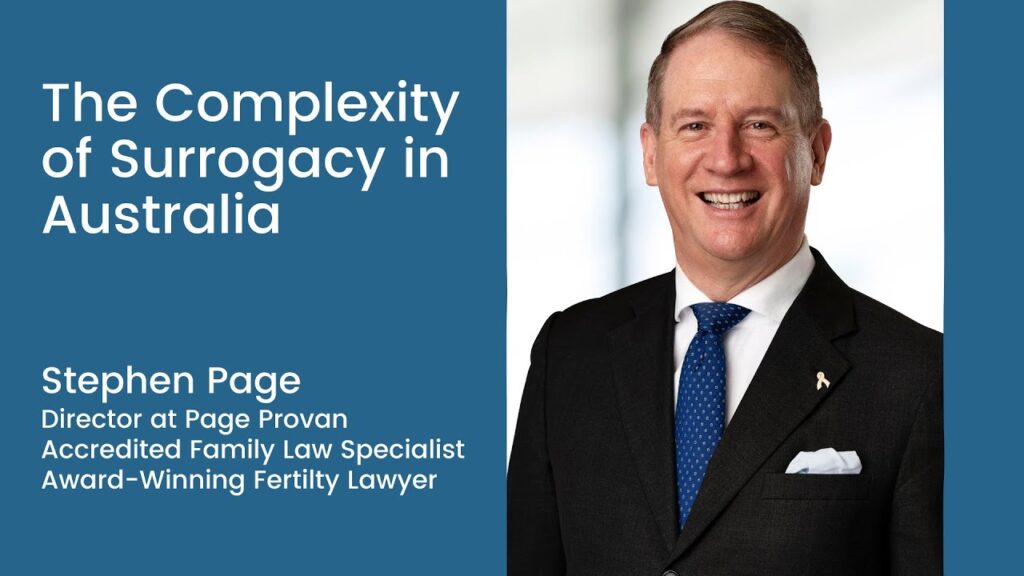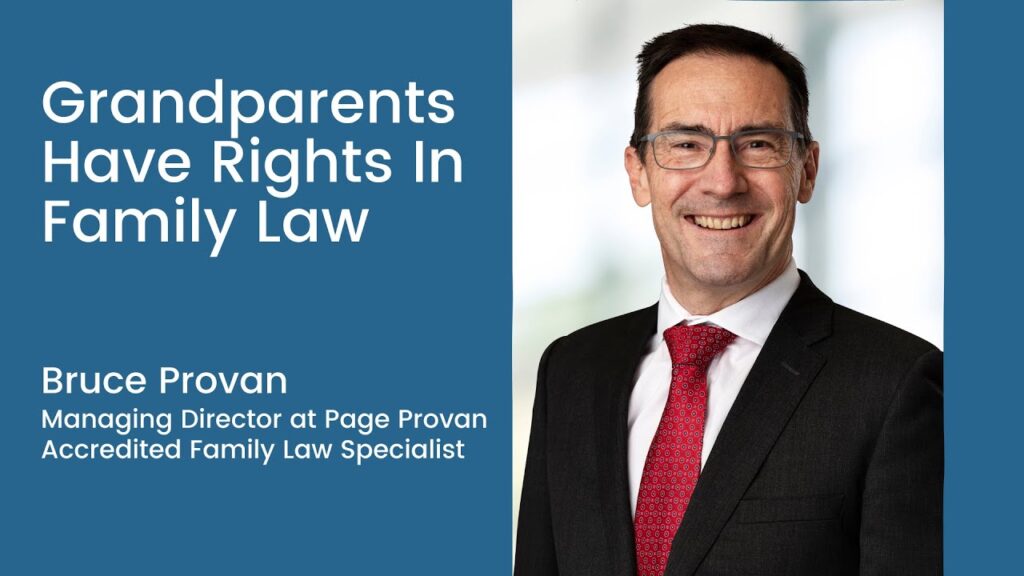Gillard government acts on domestic violence
Sunday, April 17, 2011
New laws proposed by the Gillard government directly tackle domestic violence in the family law arena. They are contained in one of the shortest bills before Federal Parliament, but will most likely tilt the playing field in the Family Court towards the protection of children from violence and abuse, and away from the emphasis of the child’s right to have a relationship with the other parent.
In broad terms, a win for the women’s lobby and a loss for the men’s rights lobby.
The Family Court (and more recently the Federal Magistrates Court) has since its existence had to struggle with how to balance the protection of children and parties from domestic violence and abuse, and on the other ensure children where possible have a relationship with the other parent.
Similarly governments and parliamentary committees of all hues have tried to tackle both issues.
When the 2006 amendments to the Family Law Act were brought in by the Howard government, there was a perception that they overly favoured the men’s rights lobby, and did not properly tackle the issue of domestic violence enough.
Following a series of reviews of the Family Law Act, partly because of a review process set in train arising from the 2006 amendments, and partly because of the murder of Darcey Freeman by her father, the Commonwealth Attorney-General Robert McClelland has put the Family Law Legislation (Family Violence and other Measures) Bill 2011 before the House.
The Bill aims to do the following:
- Widen the definition of “abuse”. This previously covered assaults and using a child as a sexual object but inexplicably did not include causing serious psychological harm to a child, including when the child is subject or exposed to family violence, and neglect.
- Removes the test of reasonable belief that was required by a survivor of family violence to show that it was family violence. There was a perception that this limited women from coming forward and naming family violence.
- Sets out examples of family violence:
(a) an assault; or
(b) a sexual assault or other sexually abusive behaviour; or
(c) stalking; or
(d) repeated derogatory taunts; or
(e) intentionally damaging or destroying property; or
(f) intentionally causing death or injury to an animal; or
(g) unreasonably denying the family member the financial
autonomy that he or she would otherwise have had; or
(h) unreasonably withholding financial support needed to meet
the reasonable living expenses of the family member, or his
or her child, at a time when the family member is entirely or
predominantly dependent on the person for financial support
(i) preventing the family member from making or keeping
connections with his or her family, friends or culture; or
(j) unlawfully depriving the family member, or any member of
the family member’s family, of his or her liberty
- For the first time, in setting out those examples, identifies types of domestic violence, including social isolation, and trying to starve the other party into submission.
- However, these examples are limited by what is required for family violence in the new definition. It will mean: “violent, threatening or other behaviour by a person that coerces or controls a member of the person’s family (the family member), or causes the family member to be fearful”.
- The key feature of this definition is that the behaviour must be coercing or controlling or make the other person fearful. For the first time ever the Family Law Act will recognise, as Justice Chisholm in JG and BG recognised as long ago as 1994, that domestic violence involves power and control elements. Just because one of the examples, such as withholding financial payments, might be made out does not necessarily make the behaviour “family violence” unless this element is met.
- Since the seminal decision of Justice Chisholm in JG and BG in 1994, and by the Full Court of the Family Court in Patsalou and Patsalou in 1995, the Family Court has recognised that children can be affected by domestic violence by being indirectly exposed to it. Before then an argument would be run by a violent party that there was little if any impact upon the child as the child had not seen or heard the incident. There has never been a statutory definition of “exposed” which this bill attempts for the first time:
For the purposes of this Act, a child is exposed to family violence
- For the first time ever, to legislate to adopt the International Convention on the Rights of the Child. This is long overdue. Australia has been a signatory for many years, but did not enact law to bring the Convention into force.It is likely that the enactment into law of the Convention will result in a change to at least some litigation and procedures in the Family Court. Recognition of “rights” has that effect. Key features of the Convention include:
- “the best interests of the child shall be a primary consideration”;
- Countries “undertake to ensure the child such protection and care as is necessary for his or her well-being, taking into account the rights and duties of his or her parents”;
- Countries “shall ensure that a child shall not be separated from his or her parents against their will, except when competent authorities subject to judicial review determine, in accordance with applicable law and procedures, that such separation is necessary for the best interests of the child. Such determination may be necessary in a particular case such as one involving abuse or neglect of the child by the parents, or one where the parents are living separately and a decision must be made as to the child’s place of residence.”
- In any court proceedings to remove the child, “all interested parties shall be given an opportunity to participate in the proceedings and make their views known.”
- The child shall have a right “to maintain personal relations and direct contact with both parents on a regular basis, except if it is contrary to the child’s best interests”;
- “A child whose parents reside in different (countries) shall have the right to maintain on a regular basis, save in exceptional circumstances personal relations and direct contacts with both parents.”;
- The child shall “be provided the opportunity to be heard in any judicial and administrative proceedings affecting the child, either directly, or through a representative or an appropriate body”;
- Countries “shall render appropriate assistance to parents and legal guardians in the performance of their child-rearing responsibilities and shall ensure the development of institutions, facilities and services for the care of children.”;
- Countries “shall take all appropriate legislative, administrative, social and educational measures to protect the child from all forms of physical or mental violence, injury or abuse, neglect or negligent treatment, maltreatment or exploitation, including sexual abuse, while in the care of parent(s), legal guardian(s) or any other person who has the care of the child.”;
- Countries “recognize that a mentally or physically disabled child should enjoy a full and decent life, in conditions which ensure dignity, promote self-reliance and facilitate the child’s active participation in the community.”;
- In countries in which “ethnic, religious or linguistic minorities or persons of indigenous origin exist, a child belonging to such a minority or who is indigenous shall not be denied the right, in community with other members of his or her group, to enjoy his or her own culture, to profess and practise his or her own religion, or to use his or her own language.”;
- Countries “shall take all appropriate measures, including legislative, administrative, social and educational measures, to protect children from the illicit use of narcotic drugs and psychotropic substances”;
- Countries “shall take all appropriate measures to promote physical and psychological recovery and social reintegration of a child victim of: any form of neglect, exploitation, or abuse; torture or any other form of cruel, inhuman or degrading treatment or punishment”;
- For the first time ever, when there is an inconsistency between the right of the child to maintain contact with the other parent, and the right of the child to be protected from family violence and abuse, the latter has priority;
- Repeal of the friendly parent provisions of the Family Law Act. These provisions were seen to be essentially critical of women, who were criticised for not being a friendly parent when they asserted that all they were seeking to do was to protect their child;
- Replacement of the provision that specifically ignored temporary domestic violence orders, with recognition of all domestic violence orders;
- Making family lawyers and counsellors focus more on the effects of family violence, in their advice to their clients;
- Repealing section 117AB of the Family Law Act. This section was inserted at the behest of father’s rights groups, over the opposition of the Family Law Section of the Law Council of Australia. The Family Law Section stated that there were adequate costs remedies already, and if a person had committed perjury, that person should be prosecuted. The section provides that when the court is satisfied that a party to the proceedings knowingly made a false allegation or statement in the proceedings, the court must order costs against that party. The section has been blamed for men seeking to intimidate women from raising allegations of domestic violence or abuse, for fear of a costs order being made against the women.












